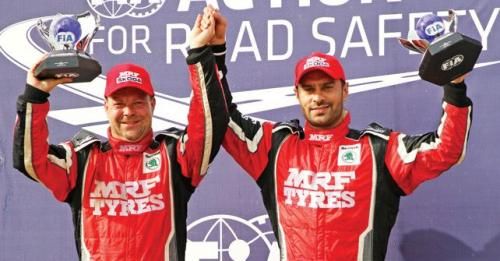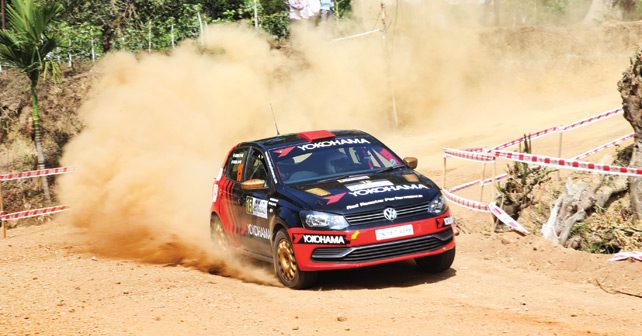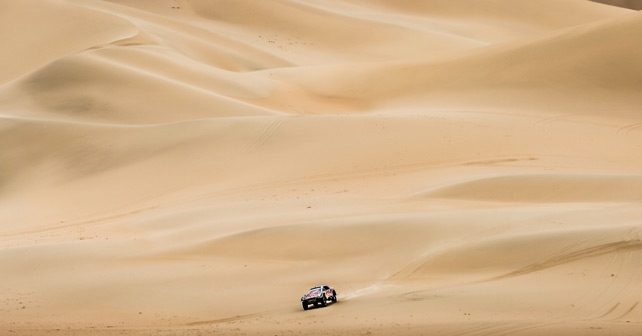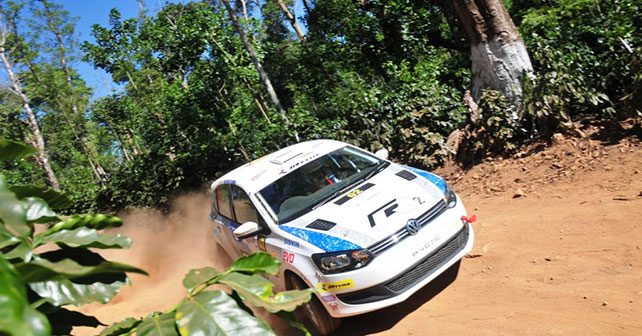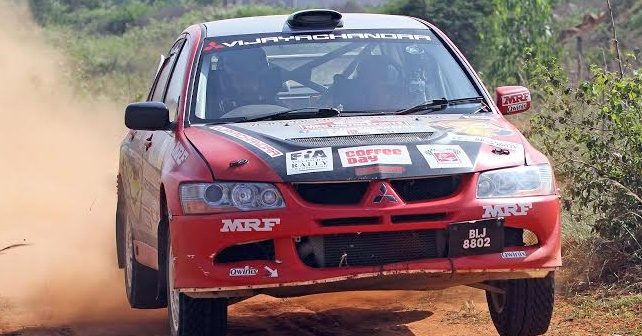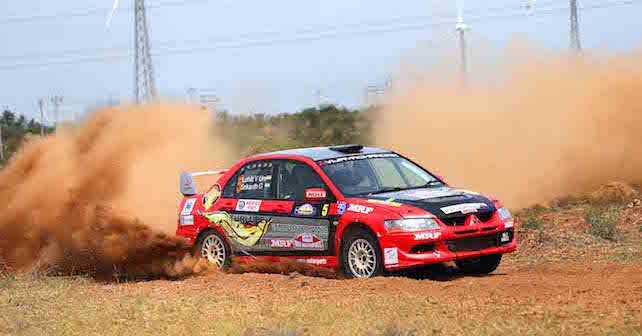Returning to the Indian Rally Championship
A rally driver returns to competition to find that Indian rallying has upped its game technically, but is in need of an attitude check. Ten years is

A rally driver returns to competition to find that Indian rallying has upped its game technically, but is in need of an attitude check.
Ten years is a long time to be out of the cockpit of a rally car. After last competing in 2005, having made my debut in 1998, I buckled myself into a very different rally car than I was used to. The Volkswagen Polo in which I was competing in December’s Coffee Day Rally made me feel as if I was supercharged! Rogers suspension, a Limited Slip Differential and a rally-ready Engine Control Unit made the car perfectly suited for the mix of conditions I would encounter on the Chikmagalur stages. A combination of narrow roads, fast and flowing corners along with hairpins and flat out stretches made it a real challenge.
The car helped me rise to this challenge and finish second in the FIA Asia Cup category, the best position in the class by a two-wheel-drive car. Me and co-driver Amit Wagchoure also took fourth place in the Indian Rally Championship’s 1600cc class.
Even better was seeing 42 entrants, among them were many really talented youngsters as well as the pride of India’s rallying scene, Gaurav Gill competing in his Mahindra XUV 500.
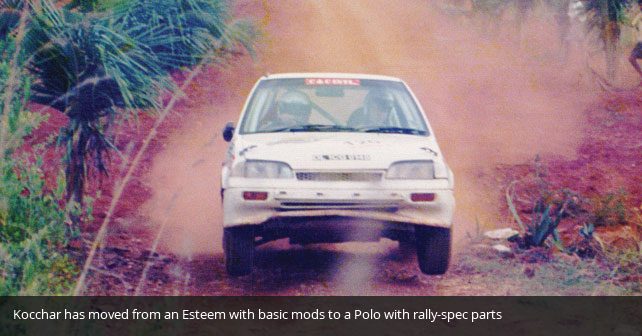
But despite all this and the excellent organization skills of Farooq Ahmed and his fabulous team at the Motor Sports Club of Chikmagalur, rallying felt totally different to the way I remember it in the nineties and noughties, and not necessarily in a good way.
A DIFFERENT SCENARIO
For one thing, the prevailing attitude was far different. We would compete fiercely and take our rallying very seriously. But no matter how hard the competition was, we would always end on a friendly note. Each event would have a minimum of 50 to 60 entrants with JK Tyre and MRF fielding five top drivers each who would invariably fight for the overall honours. Group B Gypsies, Esteems and Fiestas would tear through stages as the drivers would give it their all.
Colourful nicknames like Flying Sikh and Tree Climber would feature among those top drivers. It was a who’s who of Indian rallying’s greats like Hari Singh, Dicky Gill, N Leelakrishnan, Nikhil Taneja, Gurmehar Singh and Farad Bhatena. The overall atmosphere was that of a big family attending a carnival who took what they were doing seriously.
Drivers would compete and support each other in equal measure. It’s a lot different now, however. There are maybe two or three top drivers fighting for overall honours and far too many other drivers in the field with huge egos. It’s not like the drivers are not good but they seem to be seriously lacking dedication, commitment and crucially, support from sponsors. Maybe the support of sponsors will help change this prevailing situation in rallying as there certainly seems to be no lacking driving talent and mechanical prowess. All it needs is a few nudges in the right direction.

